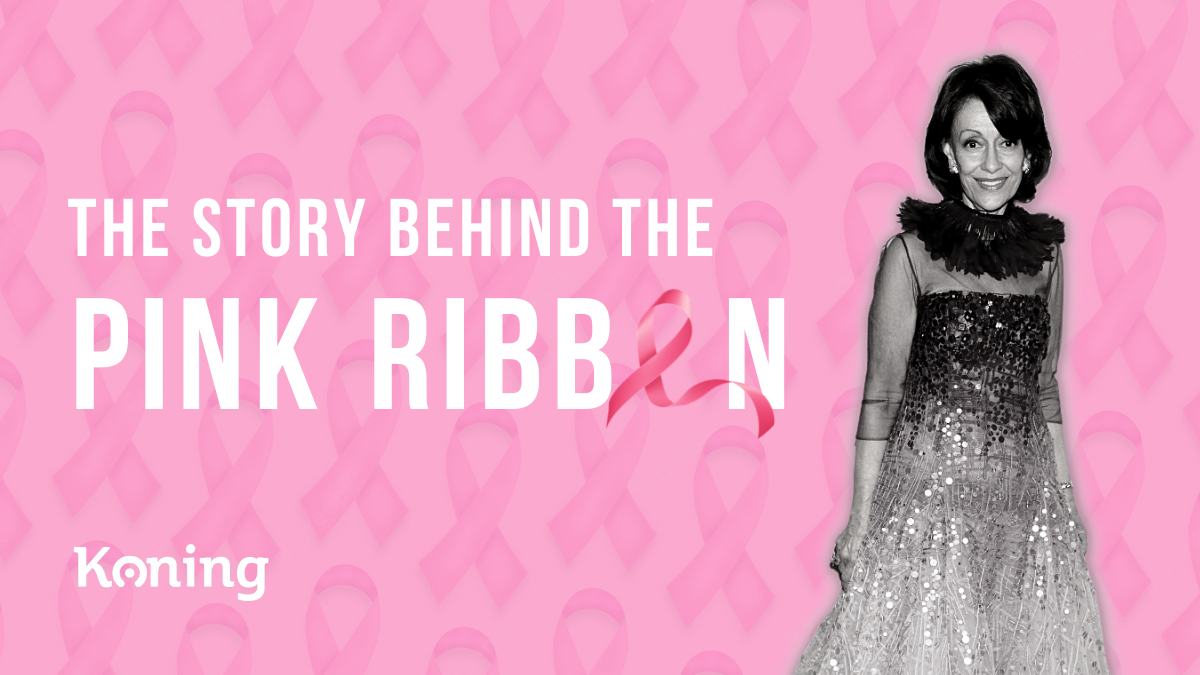
- Blog /
- October 12, 2022
The Story Behind the Pink Ribbon
The pink ribbon is synonymous with breast cancer, charity, survival. But where did it all start?
In 1979, Penney Laingen, the wife of an American hostage who had been taken in Iran, was inspired by song to tie yellow ribbons around the trees in her front yard. The ribbon signaled her desire to see her husband home again, and for the first time, ribbon became message as they sprouted up across the country in solidarity.
11 years later, the activist art group Visual AIDS turned the ribbon bright red for those affected by the disease, “because it’s the color of passion”, and sent it onto the national stage during the Tony awards. Overnight, every charitable cause had to have a ribbon. After just a short time, they were so ubiquitous that The New York Times declared 1992 “The Year of the Ribbon.”
Later in the same year, the pink ribbon was born when Evelyn H. Lauder co-created and launched The Estée Lauder Companies’ Breast Cancer Campaign, recognising an urgent need to bring breast cancer to the forefront and put a spotlight on this world health issue. “Pink is the quintessential female color,” said Margaret Welch, director of the Color Association of the United States. “Pink is a shade known to be health-giving, that’s why we have expressions like ‘in the pink‘. You can’t say a bad thing about it.”
Between 1991 and 1996, federal funding for breast cancer research increased nearly fourfold to over $550 million. And according to the American Cancer Society, the percentage of women getting annual mammograms and clinical breast exams has more than doubled over the last decade.
As the ribbon has evolved and secured itself a permanent symbolic meaning, it has greatly contributed to raising breast cancer awareness. This October, and every other month of the year, Koning celebrates Breast Cancer Awareness as we encourage you to support the same hope the pink ribbon stands for, through our contribution to the industry: our KBCT device. Progress in our mission of making painless scanning widely available makes us both proud and hopeful.
Find us on StartEngine: https://www.startengine.com/koning
Sources:
“The history of the pink ribbon”, Breast Cancer Now, The Research & Support Charity“Pretty in Pink” By Sandy M. Fernandez, Breast Cancer Action
